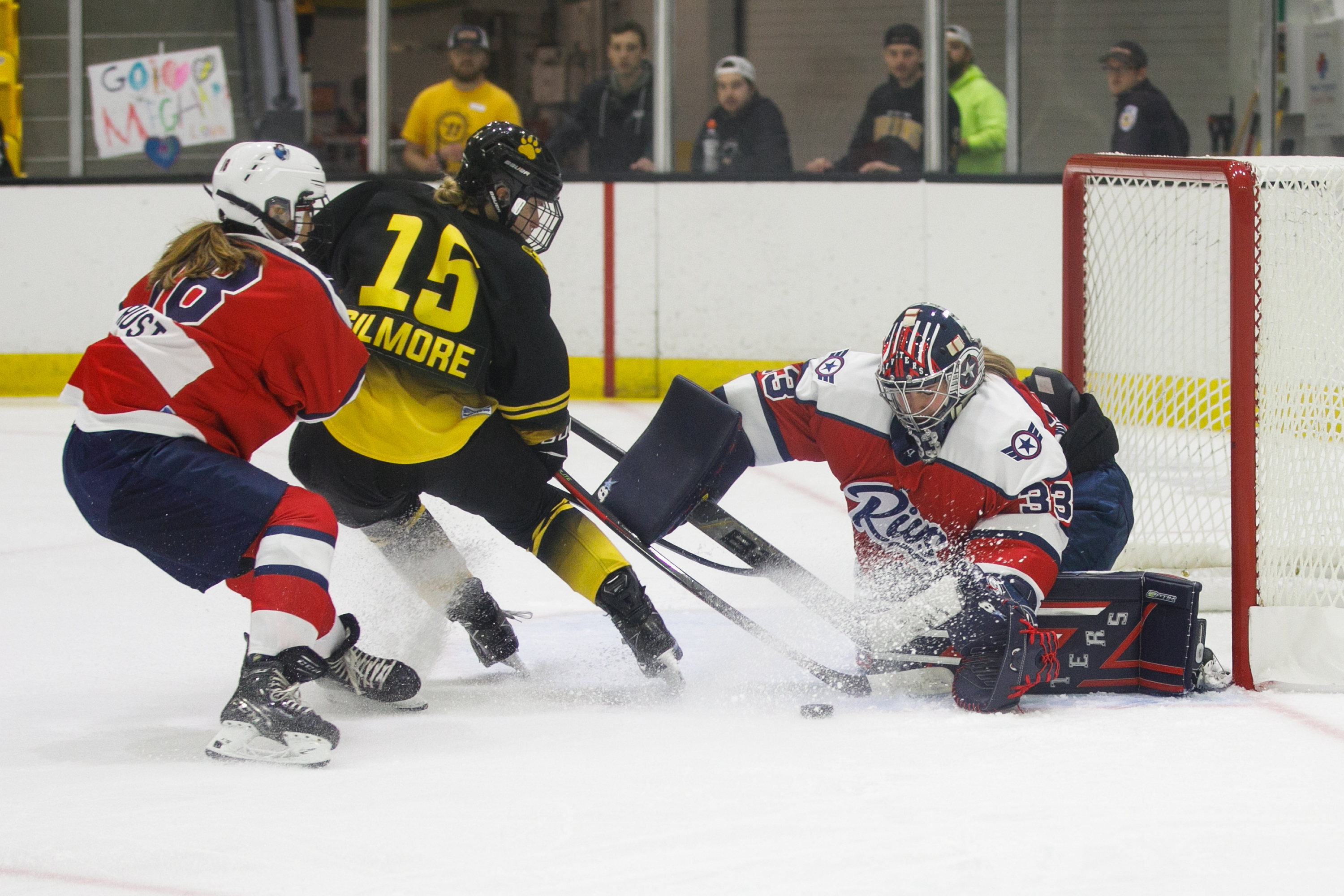
The PHF has a salary cap of $1.5 million for next season. How much will teams spend overall? How much will top end players make? We compare numbers with the NHL.
The PHF has a salary cap of $1.5 million for next season. How much will teams spend overall? How much will top end players make? We compare numbers with the NHL.

How much should each PHF team spend? This week, writers at The Ice Garden took on the topic, suggesting PHF teams should not rest on the salary cap floor of $1.125 million.
Looking at the National Hockey League, which had a salary cap floor of $61 million this season, only seven teams spent less than $80 million, the equivalent of 97% of the salary cap. None of those seven teams made the playoffs.
Of the 10 NHL teams who spent every dollar of the 2023-2024 salary cap, four missed the playoffs. Five of the remaining teams however, advanced beyond the first round of the playoffs.
If PHF teams applied this logic, most teams would be spending within $45,000 of the salary cap to avoid the guaranteed missed playoff positions of NHL teams. This spending, however, is highly unlikely. First, NHL salaries are typically ballooned by players on injured reserve, retained salary from trades, and buyouts. For example, the Minnesota Wild had a whopping 19.26% of their salary cap used by retained salary and buyouts this season. Both of the top two spenders in the league, the Montreal Canadiens and Vegas Golden Knights each had over $13 million on injured reserve. These items are unlikely to influence the PHF this year, meaning teams won't be spending to 97% of the cap.
With so many NHL teams experiencing cap constraints, perhaps comparing team spending is less applicable than looking at what teams pay individual player. These numbers avoid the issues of injuries and buyouts, and rather focus on impact.
In 2022, The Athletic compared salaries for top line forwards and top pairing defenders in the NHL, and related them to the PHF. They found the following for each position. Top line centers averaged 7.4%, top line wingers 6.3%, and number one defenders 6.8% of available cap. If you transfer this over to the PHF in dollar figures for 2023-2024, each team's top center would make $111,000, defender $102,000, and wingers $94,500. As you drop throughout the roster, top pairing defenders in the PHF related to NHL percentages would make $60,750, while second line forwards would range between $55,000 and $72,000. The average cap hit for a goalie in the NHL is 4%, which in the PHF, would equate to $60,000.
The Athletic article does list outliers, as they mention elite centers averaging 9.2%, elite wingers 8.8%, elite defenders 8.7% and elite goaltenders 6.5%. In the PHF this season, those numbers would equate to $138,000 (center), $132,000 (winger), $130,500 (defender), and $97,500. In the NHL, 76 players made more than 8.7% of their team's cap allowance, which would place them in "elite" categories. Based on a 23 person roster, this represents 10.3% of the league's 736 full time players. In the PHF, this would transfer to 16.58 of the leagues 161 players. In other words, each team is likely to sign two players for at or over $130,500.
Looking at major contracts, the only two announced contracts in the PHF breaching the six figure mark to date are Kacey Bellamy's $122,000 contract and Daryl Watts' $150,000 contract. Bellamy's falls above 'number one defender' numbers, but below 'elite defender' status, while Watts' surpasses both numbers in her category.
There is also belief that many PHF general managers will hold onto a sum, perhaps ranging between $100-250 thousand to offer an elite player midseason, should one become available from the NCAA, Europe, or PWHPA.
With free agency underway, there is much to be figured by general managers and owners in the PHF. While spending to the salary cap does not seem logical, spending at the salary cap floor, if NHL statistics hold true, would result in missing the playoffs.
